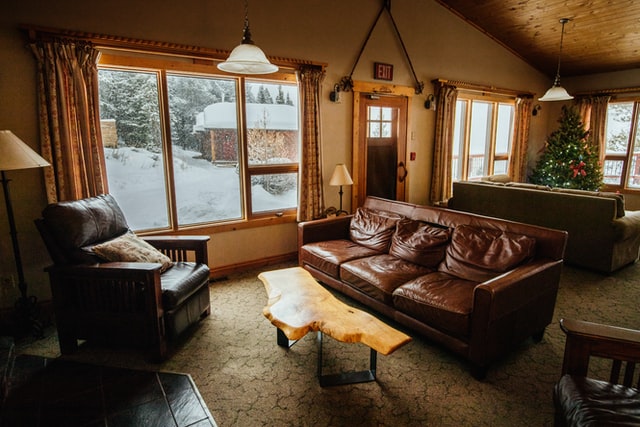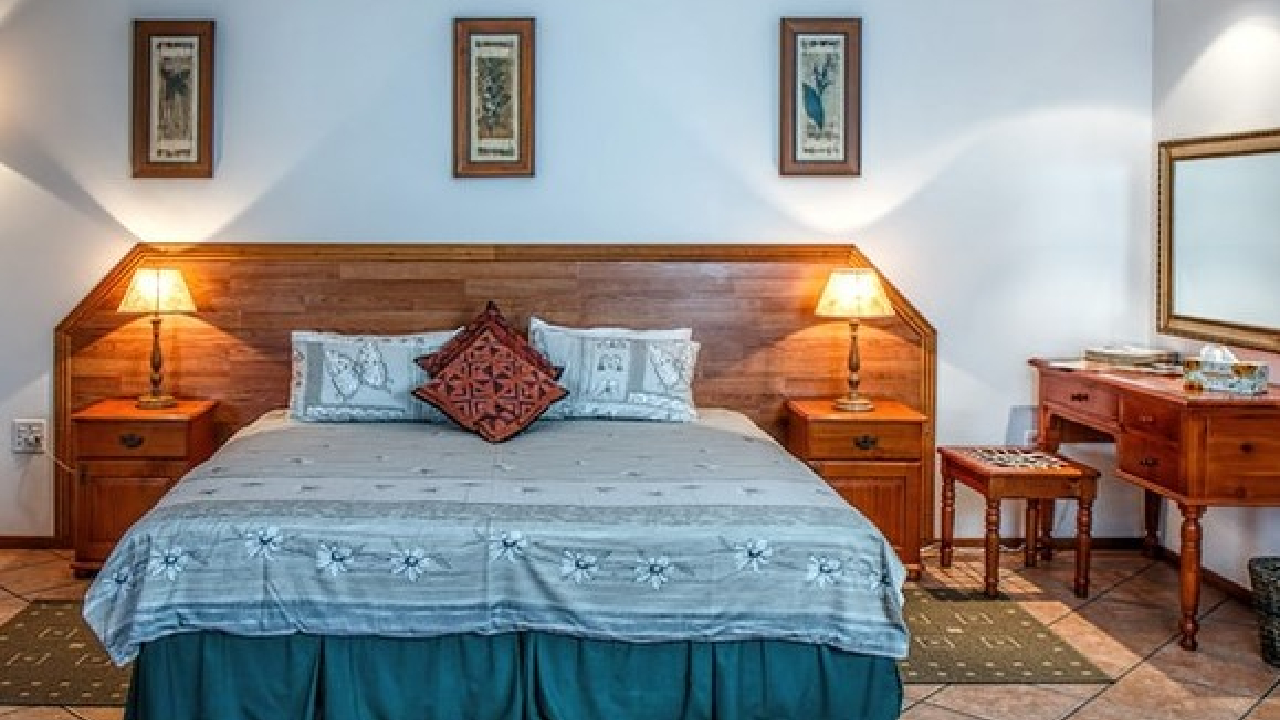Continuing with the series focused on “Principles and Elements of Designing“.
The fourth principle in the design is emphasis. Let us see how it is different from balance, rhythm & harmony
In Emphasis, whole intention is to draw viewer’s attention to a specific thing. That could be a word or sentence in a content. It could be an image, a link or even a button. In interior design, it will be a design element.
An eye catching object that stands out from the rest of the design and takes the attention is called EMPHASIS or FOCAL POINT.
Why is it necessary?
If you are not able to catch viewer’s attention in first sight then you will find it difficult to do it later.
Emphasis is the first thing that grabs the attention. Then eye moves slowly in the rest of the design.
How can you create focal point in the room? Let us see.
It is possible by two ways,
1. Structural elements
Many times, architectural or structural elements can be used to create focal point.
Structural column which is in between the room feels like obstruction. That itself can be used to convert into point of interest.
Other structural elements like window, door, balcony, fire place , staircase (in independent house) could be used as focal points
If you could achieve this, then it is said to be a good design.
Look at the example

In this picture, windows act as focal points.
Windows grab our attention first but then our eyes move slowly on to the other objects in the room.
This is done by following rhythm & harmony principles. There is a smooth flow in all the design elements.
2. Non-Structural elements
If you don’t have any existing element then create one or even two.
Remember, do not emphasize on more than 2 elements, as it may create chaos.
How many focal points a room should have also depends on the size of the room.
Focal point could be a wall, a painting, a plant, a lamp, a bed, curtains, a chair or a table.
Even a group of paintings, accessories or plants act like focal point.
In short, think of any object & it can be converted into a focal point.
It can be done with the help of light, color, form or texture.

In the above picture, mirror is a focal point but then gradually, plant grabs our attention.
Later, eyes roll on to the other elements in the room. Notice the shape of the objects.
All are in curved form except the side table. This leads to the smooth flow of the design.

